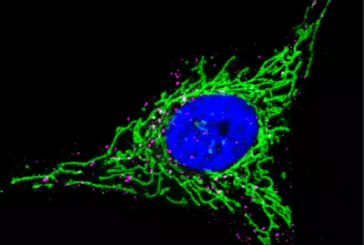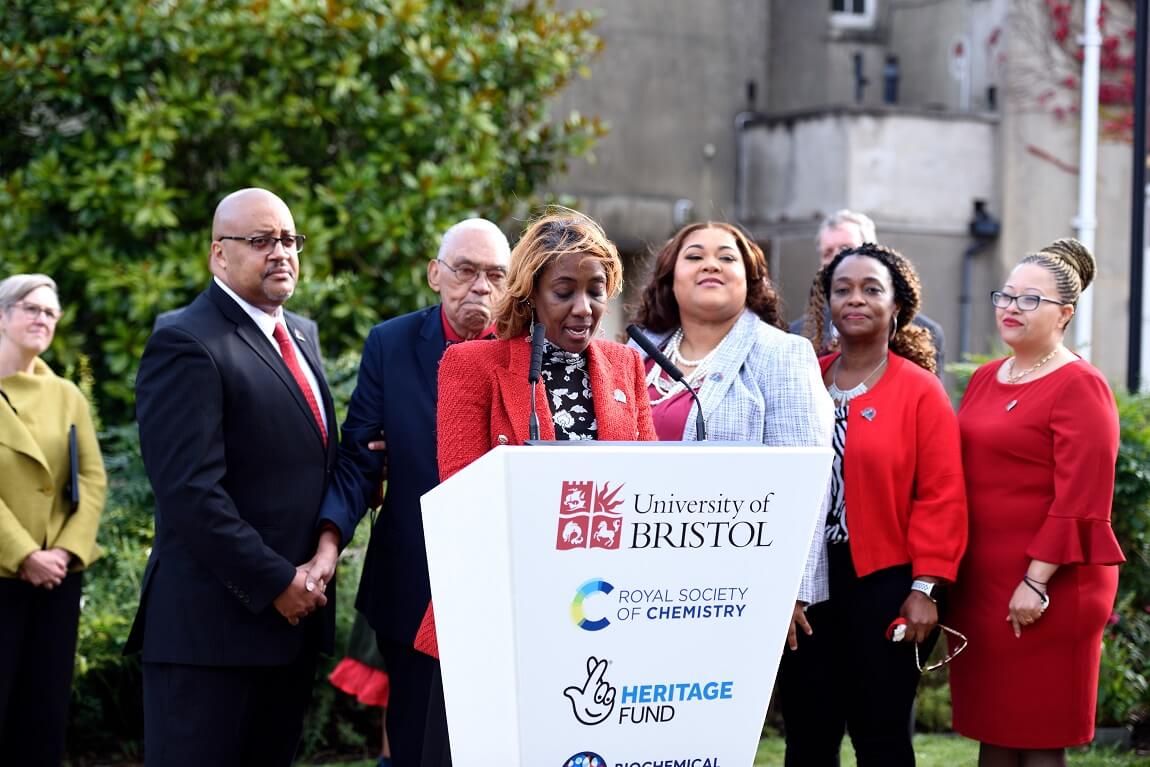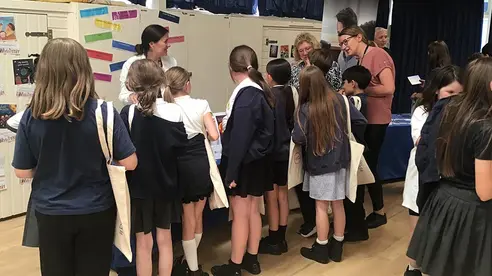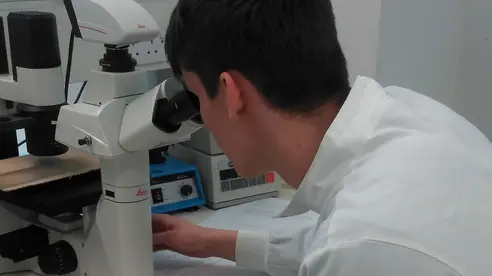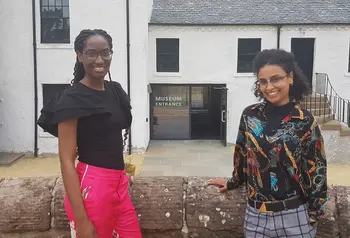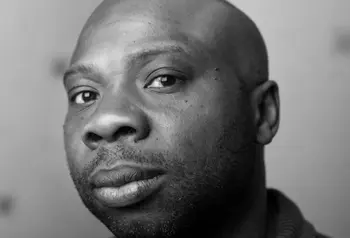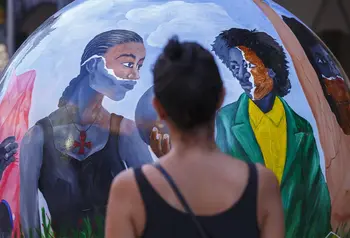Bringing Henrietta Lacks’ story to life in Bristol
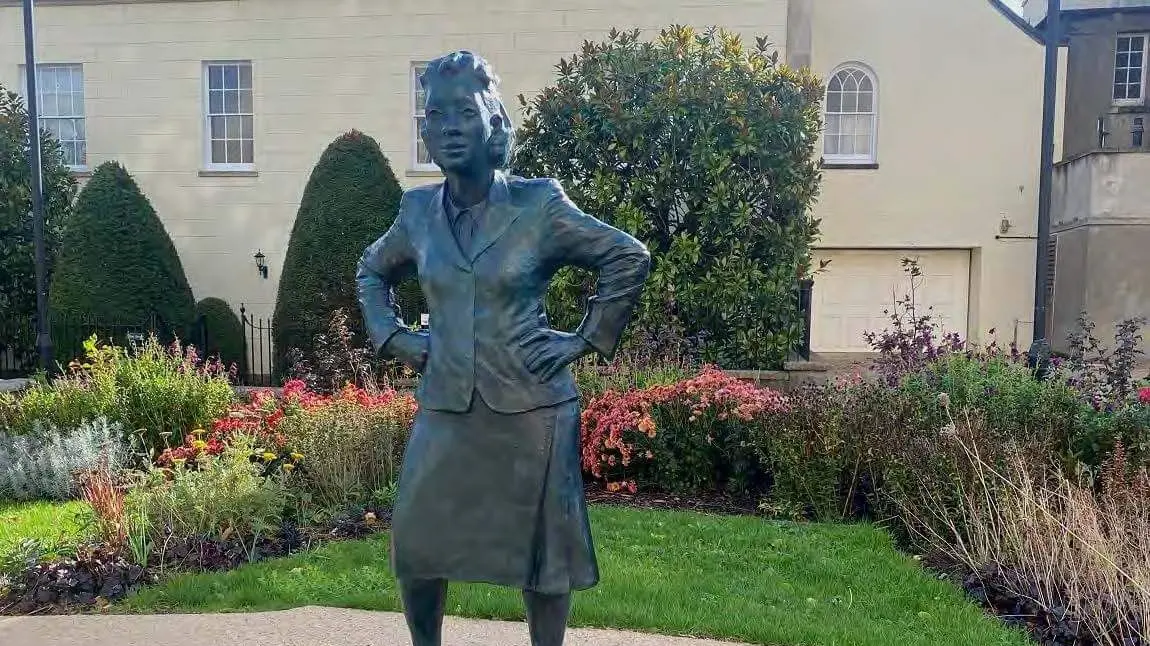
HeLa cells, first collected 72 years ago, have made possible medical breakthroughs that have changed modern life. However, the black woman these cells were taken from, Henrietta Lacks, has often been forgotten.
We supported the University of Bristol to share her story though an education programme that introduced students of all ages to the problematic and positive aspects of Henrietta's life and legacy.
In 2021, the University of Bristol unveiled a statue of Henrietta by local artist Helen Wilson-Roe. It is the first statue of a black woman made by a black woman for a public space in the UK.
Who was Henrietta Lacks?
Henrietta Lacks was a young, family-orientated African American woman from the US state of Virginia.
In 1951, aged 31, she was diagnosed with cervical cancer. Without her knowledge or consent, a small piece of her tissue was harvested during treatment.
Henrietta died on 4 October 1951, just eight months after her cervical cancer diagnosis.
A biomedical breakthrough
Unbeknown to Henrietta or her family, her cells led to a vital scientific breakthrough – the discovery of the first immortalised cell line. These cells can be reproduced and kept alive outside the body long enough to carry out important medical experiments.
Named HeLa after Henrietta Lacks, the cells have been used by scientists all over the world in their biomedical research.
The cells were responsible for discoveries including a polio vaccine, treatments for leukaemia, the flu, coronavirus (COVID-19) and many types of chemotherapy. The cells were also used to create a vaccine to reduce HPV infections, which can lead to cervical cancer.
Race and medical ethics
Despite the great good Henrietta’s cells have done, how they were collected raises disturbing questions about consent and racial equality.
When the sample of her cells was taken, Henrietta never gave consent for them to be used for research. A number of injustices sit at the heart of Henrietta’s story, highlighting the disparities in healthcare for black communities. Her story resonates today among ethnically diverse communities because racial discrimination still persists in healthcare.
The scientists who used Henrietta’s cells in their research won awards and recognition, but rarely knew who she was. The continued use of the cells remains controversial, both inside and outside of the biomedical research community.
Henrietta's legacy inspires the next generation of scientists
The University of Bristol's project worked with the Lacks family and their HELA100 team to engage pupils with STEM (science, technology, engineering and mathematics) and share Henrietta's story. They shared how the University's research using HeLa cells helps to fight viruses such as COVID-19, and created space to discuss the issues Henrietta's story raises.
It was a privilege to share Henrietta's remarkable story with so many young people and prospective university students.
Dr Gail Born, Faculty Engagement Officer (Life Sciences and Health Sciences)
Free primary and secondary school resources were shared online inspired by Henrietta’s story, covering topics from science, medicine and art to history, humanities and philosophy. Older pupils visited the university’s lecture theatres and teaching laboratories to learn more about cell biology and use the lab’s high-tech microscopes.
The project also led to further funding for a six-week summer scholarship, The Henrietta Lacks Studentship, for a black student (who are traditionally under-served in the STEM sector) to study in one of the University’s cell biology labs.
In-school and virtual learning sessions have engaged over 3,700 pupils, from reception class to Year 13, and adults. One teacher said: “There was a palpable buzz of excitement and curiosity around the room. You might have inspired some young people!”
Dr Gail Born, Faculty Engagement Officer (Life Sciences and Health Sciences) at the University of Bristol said: “It was a privilege to share Henrietta's remarkable story with so many young people and prospective university students during our widening participation events.
“It was enlightening to hear their views on the ethics of using human cells without consent and to start debating real scientific issues that affect current research in the life sciences.
“We know they continued those conversations back in their school or college after the event.”
Telling everyone’s stories
If you are inspired by Henrietta Lacks’ story, explore the other projects we’ve funded that celebrate the heritage of diverse ethnic communities across the UK.
